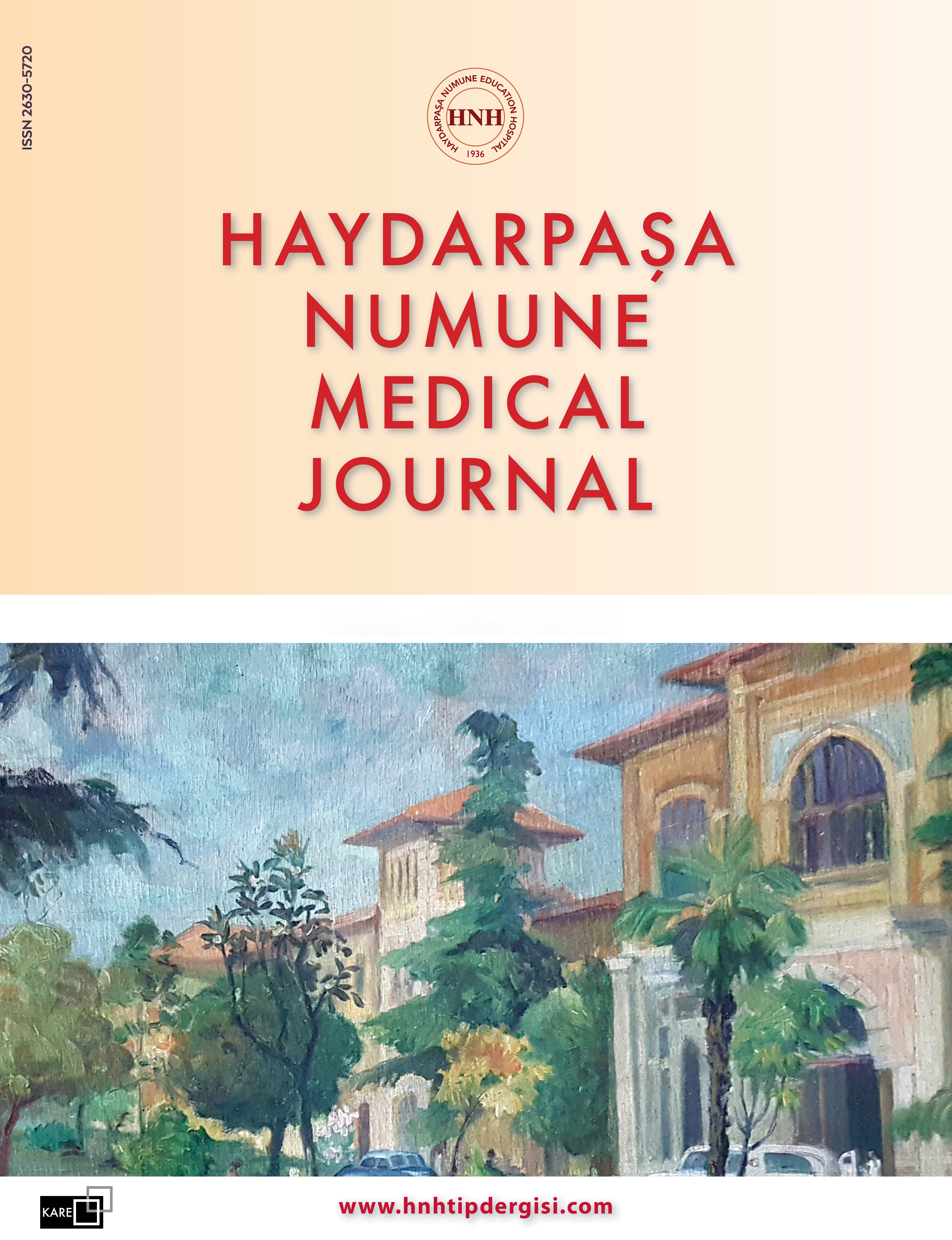Comparison of Clinical and Radiological Results of Surgery Versus Conservative Treatment in Pediatric Proximal Humeral Fractures
Bekir Karagöz1, Mustafa Erdem2, Murat Bakır3, İsmail Ağır41Department of Orthopedics and Traumatology, Eskisehir City Hospital, Eskisehir, Türkiye2Department of Orthopedics and Traumatology, Afyonkarahisar State Hospital, Afyon, Türkiye
3Department of Orthopedics and Traumatology, University of Health Sciences Türkiye, Haydarpaşa Numune Training and Research Hospital, Istanbul, Türkiye
4Department of Orthopedics and Traumatology, Adıyaman University Training and Research Hospital, Adıyaman, Türkiye
INTRODUCTION: Displaced proximal humerus fractures in pediatric patients are rare. Concepts such as remodeling potential, degree of deformity, and functional demands guide treatment decisions. The aim of this study is to compare the treatment outcomes between skeletally immature patients treated surgically and non-surgically for Neer-Horwitz type IIIIV displaced proximal humerus fractures.
METHODS: A total of 52 skeletally immature patients under the age of 15 who were treated for displaced proximal humerus fractures between 2015 and 2021 were included. The patients were divided into two groups: those treated non-surgically (n=22) and those treated surgically (n=30). Radiological outcomes were evaluated by measuring fracture angulation at initial presentation, as well as at the 3rd and 12th months post-fracture. Functional outcomes were assessed using QuickDASH scores at the 3rd and 12th months.
RESULTS: Initial angulation was significantly higher in the surgical group compared to the non-surgical group (p=0.001). However, angulation at 3 months post-fracture was significantly lower in the surgical group (p=0.001). At 12 months, no significant difference was observed between the groups. Regarding functional outcomes, the mean QuickDASH scores at 3 months were significantly lower in the surgical group (p=0.001), indicating better early functional recovery. However, no significant difference was found between the groups at 12 months post-fracture.
DISCUSSION AND CONCLUSION: Although surgical treatment provided better radiological and functional outcomes in the early post-fracture period, long-term outcomes were similar between both groups. These findings suggest that treatment decisions for pediatric proximal humerus fractures should be individualized based on patient age, fracture displacement, and functional expectations. Both surgical and non-surgical treatments can yield satisfactory outcomes in the long term.
Manuscript Language: English
















